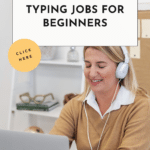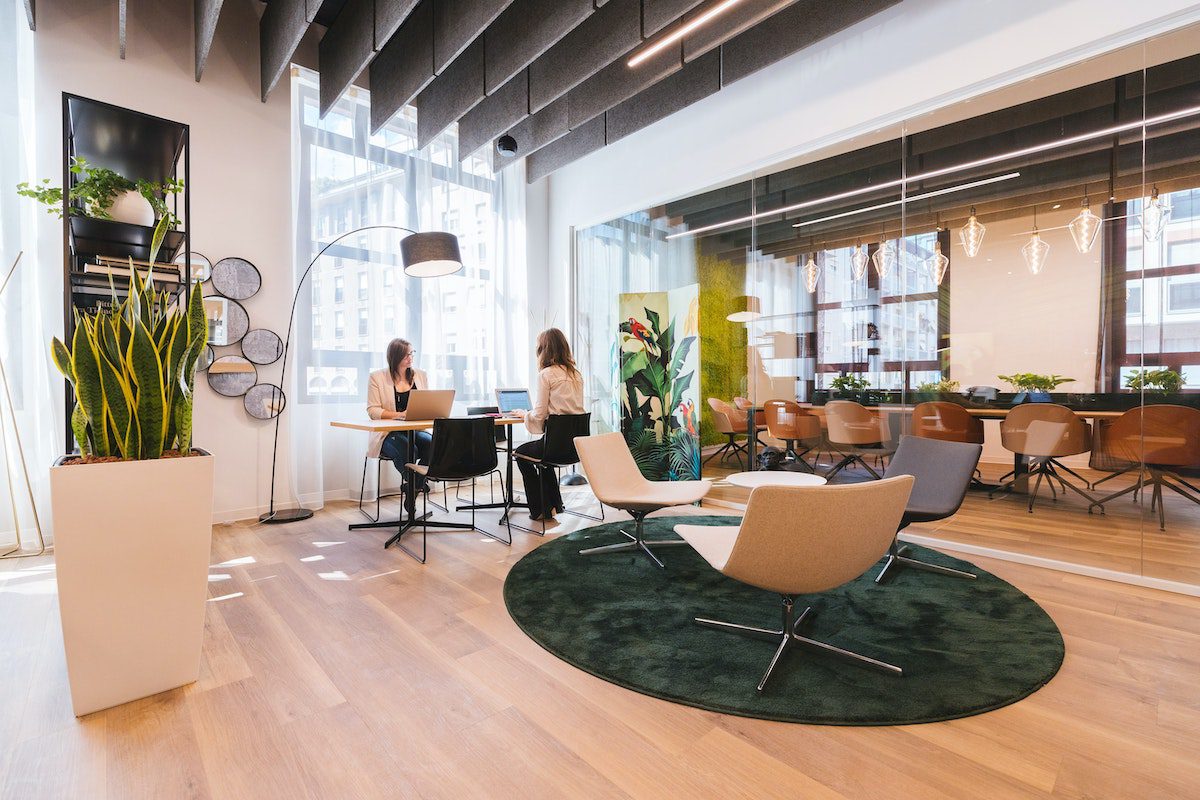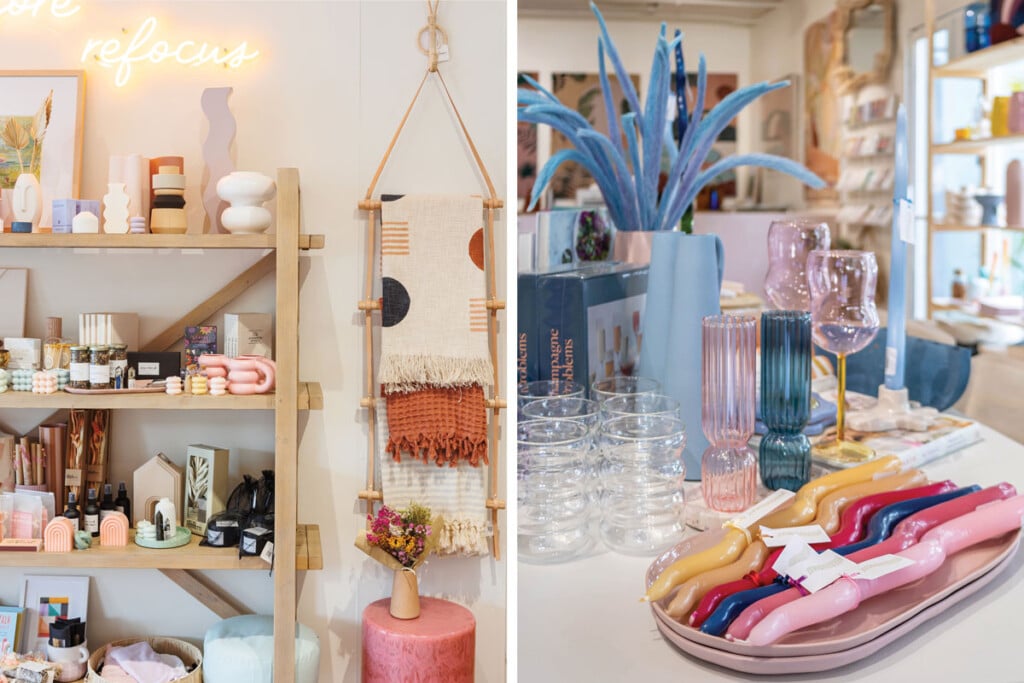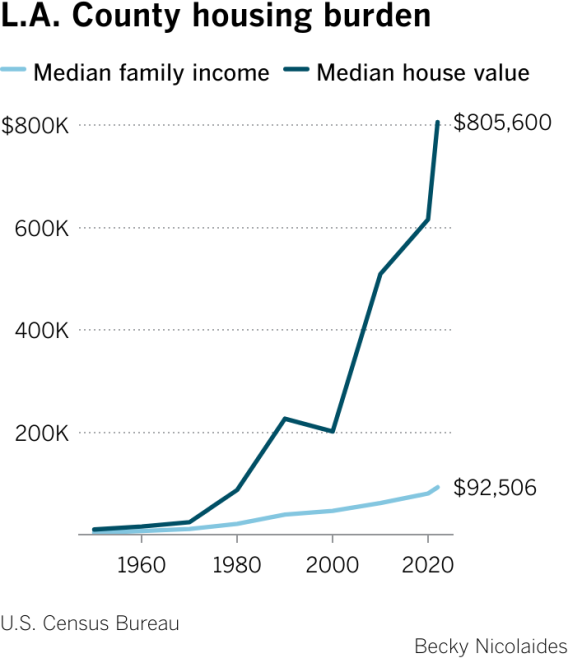As President Jimmy Carter celebrated his 99th birthday seven months into hospice, welcome to the 4th quarter! (Will lenders experience any “Q-4-ia”? Say out loud.) Let’s talk U.S. lists! California, Indiana, Michigan, Texas, and Virginia are top five in pumpkin growing. The National Association of Realtors, U.S. Chamber of Commerce, Pharmaceuticals, American Hospital Association, and Blue Cross/Blue Shield are the leading five lobbying spenders. And you can add the Internal Revenue Service’s Income Verification Express Service (IVES) to the list of “essential” government activities that would continue to operate in the event of a government shutdown. We won’t have to worry about that until mid-November, as the government kicked the can down the road and passed a Continuing Resolution that averts a government shutdown to November 17. HUD (Ginnie Mae and FHA included), USDA, and the VA will continue to operate temporarily uninterrupted, and for a bonus the bill also includes $16 billion in disaster aid and an extension of the National Flood Insurance Program (NFIP). (Today’s podcast can be found here and this week’s is sponsored by TRUE. TRUE creates accurate data that powers automation and optimizes every step of the lending lifecycle, helping lending organizations rapidly process loans, dramatically cut costs and risk, and radically improve the customer experience. Hear an interview with Keyspire’s Michael Sarracini on housing affordability problems and the best advice for young potential homeowners.)
Lender and Broker Software, Programs, and Services
“ACUMA Matata! What a wonderful phrase!” This phrase captures the essence of the ACUMA Annual Conference, where Dark Matter is currently meeting with its Credit Union clients and prospects. Credit unions gather at this event to explore new horizons in loan origination. In this dynamic financial landscape, credit unions require a powerful, adaptable LOS that caters to their unique needs. Enter Empower LOS, Dark Matter’s King of the Jungle. Empower embodies next-gen solutions, automating tasks, and ensuring precision with “lights-out processing.” It enhances loan origination, improves quality, reduces turnaround times, and supports compliance while boosting member satisfaction. Our integrated suite of tools complements Empower, elevating lending operations. From automation assistants to machine learning-powered document management, we have it all. Ready to transform your lending game? Connect with us and we’ll explore how Empower and Dark Matter Technologies can redefine credit union lending. “ACUMA Matata!” No worries: our tech-forward solutions make lending possibilities endless.
Your bank can be more than just a bank. With powerful national resources and personalized, one-on-one relationships with industry experts, you have a strategic edge. Western Alliance Bank Specialized Mortgage Services delivers stable, trusted treasury management and mortgage banking services that can keep pace with your company’s growth needs and help keep your operations running smoothly while taking advantage of competitive rates. Advanced payment technology provides streamlined online wire transfer origination with just a few clicks as well as embedded finance, API, file-based and online platform options, all customizable to meet your current and future priorities. You’ll also appreciate our options for warehouse lending, MSR financing, note financing and other mortgage finance products that offer speed to approval and certainty of execution. Contact Mark Short(469) 702-6212, Nick Richards (646) 708-1211, Nicole Avey (720) 633-4759, Elizabeth Mix (480) 329-2122, Jim Karr (626) 390-8534 and Chris Martin (480) 341-5483. Western Alliance Bank, Member FDIC.
“Falcon Capital Advisors’ team of experienced advisors can take your digital mortgage goals from vision to reality. Our team of subject matter specialists has provided guidance to major lenders and investors, expertly guiding them through the various processes and potential obstacles to quickly stand up their digital mortgage programs. Our comprehensive suite of services includes eMortgage readiness assessments, strategic roadmap development, vendor selection support, program implementation, and securing investor and MERS approval. Our experts can mitigate risks and achieve faster (and less expensive) results and even revitalize stalled eMortgage efforts. Contact Jim Voth to learn more.”
To deliver the best borrower experience and remain compliant, servicers and investors must release liens in a narrow window after payoff. NTC, the leader in lien and assignment release services for 35 years, now offers lenders two options: their traditional full-service offering, and a self-serve, “share-the-work” option: PerfectDocs. The first, complete web-based lien solution, PerfectDocs enables the creation and tracking of all documents needed to complete a lien release and mortgage assignment including reviewing, executing, and notarizing documents and sending them to counties for e-recording for non-MERS and MERS loans. It also features intuitive queues for exceptions, downstream mailings to borrowers or custodians, recording confirmations and fee reconciliations. The platform allows users to share the work with NTC’s team during volume fluctuations or request assistance on complex “cures.” Interested in 100 percent client control with on-demand integration to full service to cure exceptions? Request a PerfectDocs demo to learn more and see how we can share the work!
Fall has arrived, kicking off the football and conference season! And that means plenty of opportunities to grab a pumpkin spice latte and meet up with the Computershare Loan Services (CLS) team at some of the industry’s most significant events. This year, MBA’s Annual Convention is in Philadelphia on October 15-18, and CLS wants to meet you there. Contact them at [email protected] to schedule time together in the city of brotherly love. They’ll tell you all about CLS’ subservicing solutions, origination fulfillment services, co-issue MSR acquisition program, and mortgage cooperative that can help you stay one step ahead.
Free eBook: Market-Proof: How to Build a Flexible Lending Business Resilient in Upcycles & Downturns. The exaggerated upcycles and downturns of the past few years underscore just how crucial it is for lenders to build resilience and flexibility into their businesses. To overcome today’s challenges, lenders need to hone their lending process at each step. In this new eBook, Maxwell provides 12 tips from industry veterans to help you optimize your mortgage process from loan application to the secondary market. You’ll get insight from exclusive interviews with industry veterans on how to increase efficiency, access economic scale, and become resilient to market volatility like never before. Click here to download Maxwell’s new eBook “Market-Proof: How to Build a Flexible Lending Business Resilient in Upcycles & Downturns.”
Saving Pennies Into Saving Dollars
My cat Myrtle thinks nothing of enjoying the benefits of minced, line-caught halibut from the 48-degree waters off Kodiak, Alaska. No expense spared. But for lenders and vendors, staring at an autumn and winter with relatively high rates, saving pennies is critical especially if it means saving jobs and many money-saving ideas are simple and right under your nose.
Mike Metz, with VIP Mortgage, and Faith Howard-Mooney, with The Mortgage Collaborative, recently led a discussion at TMC’s Nashville event on cost saving ideas. For example, are you bundling or cascading credit reports and verification providers? Are you looking at alternatives for courier and shipping vendors? Or, looking at alternatives for tax transcripts? You’d be surprised to hear how much these seemingly small things can add up. (If you want to get involved in conversations like these, contact Faith to learn how you can get involved, or about TMC’s next event in Louisville.)
The conversation continues. Lenders are still seeking ways to reduce costs in the current market environment. Lenders One helps its membership with various benefits, such as free NMLS CE Courses via OnCourse Learning. Consider the math. If you have 100 MLOs needing continuing education at an average $100 per course, you’d spend $10,000 just on CE courses. As a member, your MLOs would take NMLS CE Courses at no cost to your company! Also, with L1 Credit, an approved credit reporting agency with a full suite of credit, flood, fraud, and verification solutions, L1 can offer members pricing that is consistently less than other offerings while still providing industry-leading customer support. L1 Verifications includes the top VOE/I and VOA products in an available waterfall sequence for more savings opportunities. L1 Events? Don’t miss the Executive Roundtable in San Diego, 11/7-8, and registration is open for L1 Summit 2024 in LA, 3/3-6. Visit L1 or contact Tricia Migliazzo to learn more.
Capital Markets
The month and quarter ended on Friday, and it was, to put it mildly, an awful month for bonds and MBS, and therefore mortgage rates. The Fed’s restrictive monetary policy has tightened financial conditions by design, and 30-year fixed rate mortgages closed the month at nearly 7.5 percent, up roughly 30 basis points over the past 30 days. The 10-year currently sits around 4.6 percent, a far cry from the 1.5 percent yield it paid in the weeks leading up to the Fed’s initial rate hike in March 2022 (or the 51 basis points low in August 2020, or even the 3.31 percent it closed at on April 6); it closed Friday +13 basis points for the week and +48 basis points for the month. The Fed is showing no sign that it is going to pivot back to an easy money policy anytime soon. The first fed funds cut is forecasted for next summer (2024).
Is a soft landing becoming less likely? The effects of the auto workers strike, higher energy prices, and student loan payment resumption may ripple through the economy in the form of lower consumer spending and a slowdown in hiring. The potential federal government shutdown in mid-November may eventually throw a curveball at the Fed, which admittedly relies on economic data reports to enact forward looking policy.
Meanwhile the year-over-year core PCE index, which excludes food and energy, declined to 3.9 percent in August, its lowest annualized pace since early 2021. The latest update to second quarter GDP was unrevised at 2.1 percent annualized growth, however consumer spending growth was revised down from 1.7 percent to 0.8 percent. Durable goods orders in August rose 0.2 percent, exceeding market expectations for a 0.5 decline as new orders for defense aircraft and parts jumped 19.2 percent. Excluding defense, orders for capital goods increased 0.9 percent as businesses continued to invest in equipment. The resilience of the economy up to this point has increased the prospects of a “soft landing” in the eyes of some Fed officials, however recent economic headwinds have increased the level of uncertainty which could have implications for future Fed policy.
This week culminates with the September payrolls report on Friday, and expectations are for 170k in the headline figure. Several labor market indicators are also on the calendar including JOLTS job opening on Tuesday, ADP employment on Wednesday, and Challenger job cuts on Thursday. Other releases of interest include PMIs, construction spending, factory orders, trade, and consumer credit. Fedspeak is on the heavy side, including four speakers today. Regarding MBS, Agency prepayments will be released after Thursday’s close. Today’s calendar kicks off with the final September S&P Global manufacturing PMI later this morning and will be followed by ISM manufacturing PMI for September and construction spending for August. We begin the day, week, month, and quarter with Agency MBS prices worse than Friday night by .125-.250 and the 10-year yielding 4.62 after closing Friday at 4.57 percent.
Job Openings
“Pezian Search Group continues to have success in this difficult market. With thousands upon thousands of Client contacts and candidates from coast-to-coast throughout the United States, we are the go-to hiring experts in the Mortgage, Banking, Credit Union, Title & Escrow, Financial Services and Technology spaces that help companies succeed and people grow in their careers. We offer flexible search options, added benefits to long-term Clients, as well as a satisfaction guarantee on our placements that cover both skill set and culture fit. From Loan Officers to Loan Operations, Front-office to Back-office, the Call Center, the C-Suite, and everything in between, let us show you how we can make an impact for your organization. Clients and Job Seekers can connect with us and our Leadership on LinkedIn, reach our team, by completing the contact forms on our website, and reviewing our current openings.”
A large, well-known financial institution is looking to purchase a small wholesale mortgage banker who is in good standing, has its “tickets” with Fannie, Freddie, and Ginnie, and (preferred) has a national footprint with licensing. Loan production volume is not a priority. Strong chance that employees, ownership, and AEs will be retained, as will the name of the seller. Seller/servicer a plus. Interested parties should send me a confidential note for forwarding.







